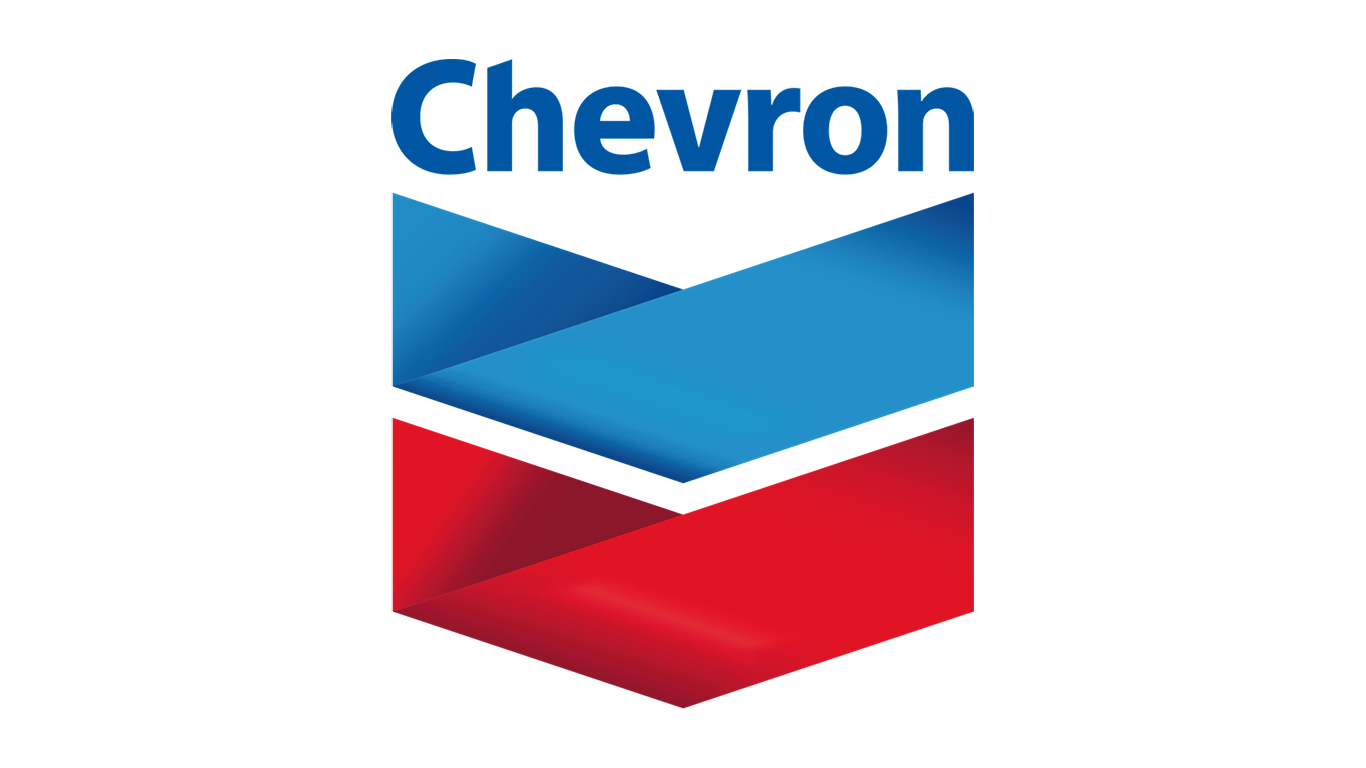
In the fourth quarter of 2018, Chevron Corp. (NYSE: CVX) pumped 377,000 barrels of oil equivalent out the Permian Basin, a year-over-year increase of 84%. Friday morning the oil and gas giant announced that it has reached an agreement to purchase exploration and production firm Anadarko Petroleum Corp. (NYSE: APC) in a cash and stock transaction valued at $33 billion.
Anadarko shareholders will receive 0.3869 shares of Chevron and $16.25 in cash for each Anadarko share. Including Chevron’s assumption of Anadarko’s debt, the total enterprise value of the deal is $50 billion.
Last year, Anadarko boosted production from its two major shale plays, the Denver-Julesburg Basin and the Delaware basin in the Permian Basin by 19.5% to 399,000 barrels of oil equivalent per day. The company holds 400,000 net acres in the Denver-Julesburg Basin with more than 2 billion barrels of recoverable resource and 600,000 net acres in the Delaware basin holding an estimated 4 billion barrels of recoverable resource that can be produced at an estimated breakeven cost of $20 to $30 a barrel.
Chevron’s Permian net acreage is 2.2 million acres, much of which it has owned for decades. Like rival Exxon Mobil, Chevron sat on the sidelines for years while smaller producers like Anadarko worked the kinks out of producing barrels from the basin’s shale formations. CEO Michael Wirth said last month, “Trial and error may not be in our wheelhouse, but … technology and scale [are].”
Assuming Chevron can maintain its Permian production for a full year, the Anadarko acquisition essentially doubles the company’s U.S. onshore production at a cost of about $22 per proved barrel (1.47 billion barrels of oil equivalent at the end of 2018). Based on 6 billion barrels of recoverable resource, the cost per barrel is around $5.50. That’s a good deal for Chevron.
In this morning’s announcement, Wirth noted:
The combination of Anadarko’s premier, high-quality assets with our advantaged portfolio strengthens our leading position in the Permian, builds on our deepwater Gulf of Mexico capabilities and will grow our LNG business. It creates attractive growth opportunities in areas that play to Chevron’s operational strengths and underscores our commitment to short-cycle, higher-return investments.
In addition to Anadarko’s U.S. onshore assets, the company produced 142,000 barrels of oil equivalent a day last year from the Gulf of Mexico, essentially flat with 2017 production. The company’s big international prize is the Mozambique LNG project, in which Anadarko holds a 26.5% working interest and is the operator. A final investment decision on the plant is due in the first half of this year. The LNG project had received sales agreements by the end of last year for about 7.5 million metric tons of a projected 9.5 million tons in annual production.
Chevron produced 186,000 barrels of oil, 117 million cubic feet of natural gas and 13,000 barrels of natural gas liquids a day from its Gulf of Mexico operations in 2018. The company’s Gorgon and Wheatstone LNG projects in Australia are among the world’s largest.
Adding Anadarko’s Gulf of Mexico assets may be superfluous in Chevron’s portfolio. In this morning’s announcement, Chevron said it plans to divest $15 billion to $20 billion in assets between 2020 and 2022. The Mozambique LNG project may be in Chevron’s wheelhouse, but a sale of the asset to help reduce debt may help the company meet its promise to shareholders to raise share buybacks from $4 billion to $5 billion once the transaction closes.
The acquisition is expected to close in the second half of this year and is subject to approval by Anadarko shareholders and the usual regulatory approvals.
Chevron stock traded down about 3.6% in Friday’s premarket session, at $121.55 in a 52-week range of $100.22 to $131.08. Anadarko shares traded up about 33% to $62.10, in a 52-week range of $40.40 to $76.70.
Thank you for reading! Have some feedback for us?
Contact the 24/7 Wall St. editorial team.



